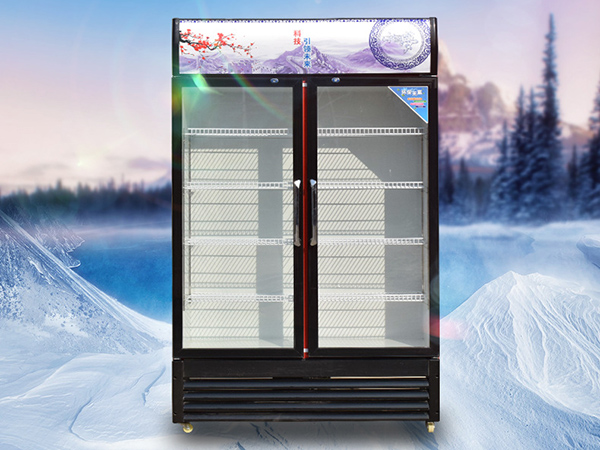

Service hotline:
+86 0769-83513659 +86 188-9842-7928


Walk into Heshengda
Company profile Equipment Contact usProduct center
High Efficiency Auto Glass Printing Line Fully self-made glass screen printing machine Fully automatic engineering glass printing line Fully automatic printing press More...Product application
Automotive glass screen printingHome appliance glass screen printingBathroom glass screen printingNews Center
News Center Technical Support Common problem+86 0769-83513659
Person in charge Tel: +86 139 2371 0886/Mr. Cheng Director of Sales: +86 188 9842 7928/Dina E-mail: 66014197@qq.com address: No.1, Hefu South Street, Helu Village,Mobile QR code

WeChat public account

WeChat applet

Heshengda (Dongguan) Automation Equipment Co., Ltd. Copyright © 2022 [Admin] Technical support:Dongguan Website construction